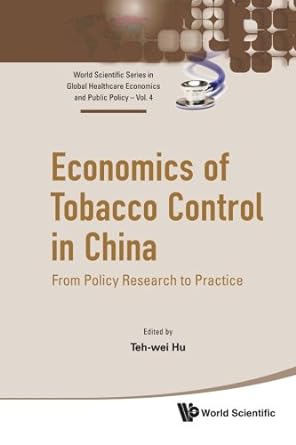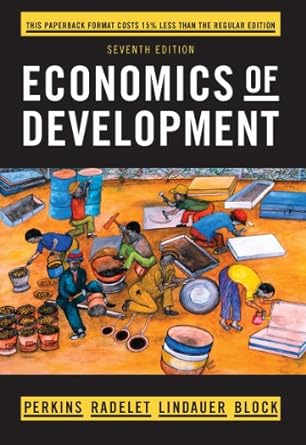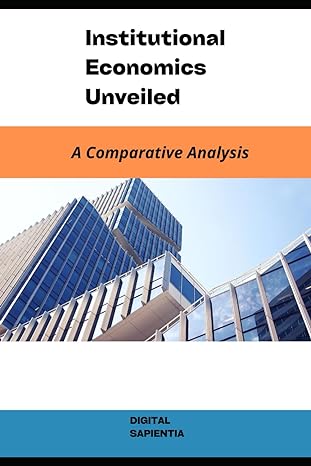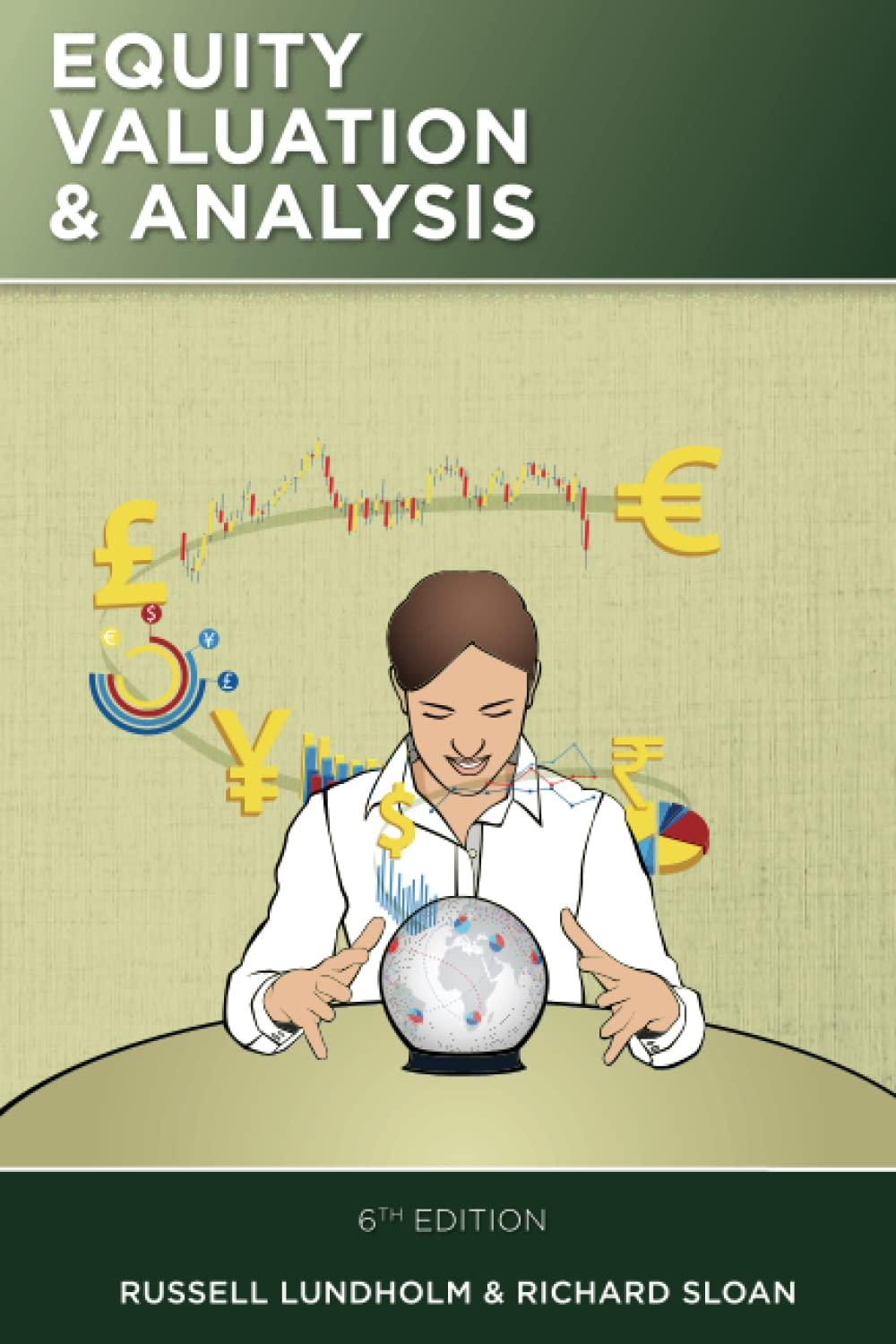Go back


Economics Of Tobacco Control In China From Policy Research To Practice(1st Edition)
Authors:
Teh-wei Hu

Cover Type:Hardcover
Condition:Used
In Stock
Include with your book
Free shipping: April 04, 2024Popular items with books
Access to 3 Million+ solutions
Free ✝
Ask 10 Questions from expert
200,000+ Expert answers
✝ 7 days-trial
Total Price:
$0
List Price: $118.00
Savings: $118(100%)
Book details
ISBN: B0719WT69H
Book publisher: Wspc (June 10, 2016)
Get your hands on the best-selling book Economics Of Tobacco Control In China From Policy Research To Practice 1st Edition for free. Feed your curiosity and let your imagination soar with the best stories coming out to you without hefty price tags. Browse SolutionInn to discover a treasure trove of fiction and non-fiction books where every page leads the reader to an undiscovered world. Start your literary adventure right away and also enjoy free shipping of these complimentary books to your door.
Economics Of Tobacco Control In China From Policy Research To Practice 1st Edition Summary: Nearly 370 million people in China smoke; about one-third of all smokers in the world are in China; and about 1.2 million deaths in China are attributable to smoking. The death toll is expected to reach 2.2 million in 2030 if no smoking intervention programs are implemented. Taxation on tobacco products is one of the most effective tobacco control programs. This book addresses not only why China should raise cigarette tax, but also how to raise the tobacco tax, by providing decision makers with relevant research findings and quantitative estimate about the impact of raising the tobacco tax. It documents how these research findings were communicated to the Chinese government officials, and how, finally, tobacco tax was raised 10 years after China's ratification of the Who Frame Work Convention on Tobacco Control Treaty. The purposes of this book are (1) to inform economists, public health professionals, and policymakers about the economic consequences of smoking, (2) to provide the essential economics (particularly related to taxation) and public health information upon which to build the specifics of the taxation policy that is adopted, (3) to identify barriers, challenges, and recommendations for the Chinese government, and (4) to describe how research findings can be disseminated and communicated successfully to Chinese government policy makers. It is a must read for researchers who are interested in China's tobacco control efforts and in how to communicating their findings to the policy makers. It could also be useful for tobacco control professionals, researchers and policy makers in other countries.
Customers also bought these books
Frequently Bought Together
Top Reviews for Books
Scott Vegas
( 4 )
"Delivery was considerably fast, and the book I received was in a good condition."










